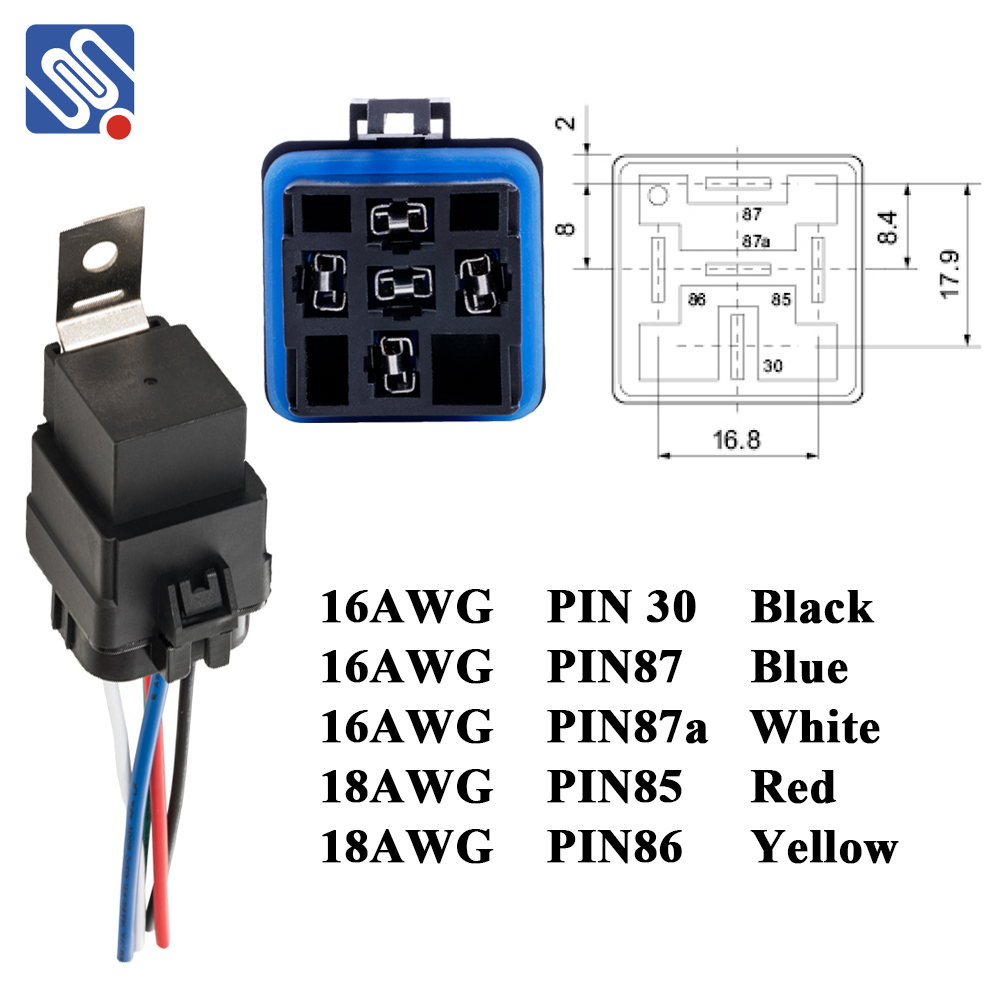a comprehensive guide to relay wiring: understanding the basics and applications
Release time:2025-11-14 18:03:37
Relay wiring is a fundamental concept in electrical and electronic systems, playing a crucial role in automation and control systems. A relay is an electrically operated switch used to control a high-power circuit with a low-power signal. It operates by opening or closing its contacts when an electric current passes through its coil. This article aims to provide a detailed explanation of relay wiring, the components involved, and its practical applications in various industries.

What is a Relay?
A relay is essentially an electrical switch that is controlled by an electromagnet. When an electric current flows through the coil of the relay, it generates a magnetic field, which then moves an armature to close or open one or more sets of contacts. These contacts can control a high-power circuit using a low-power control signal. Relays are commonly used in automotive, industrial, and home automation systems.
Understanding Relay Wiring
The key to successfully implementing relay systems is understanding how to wire them. A typical relay has several terminals, each serving a specific function. Here are the main components involved in relay wiring:

